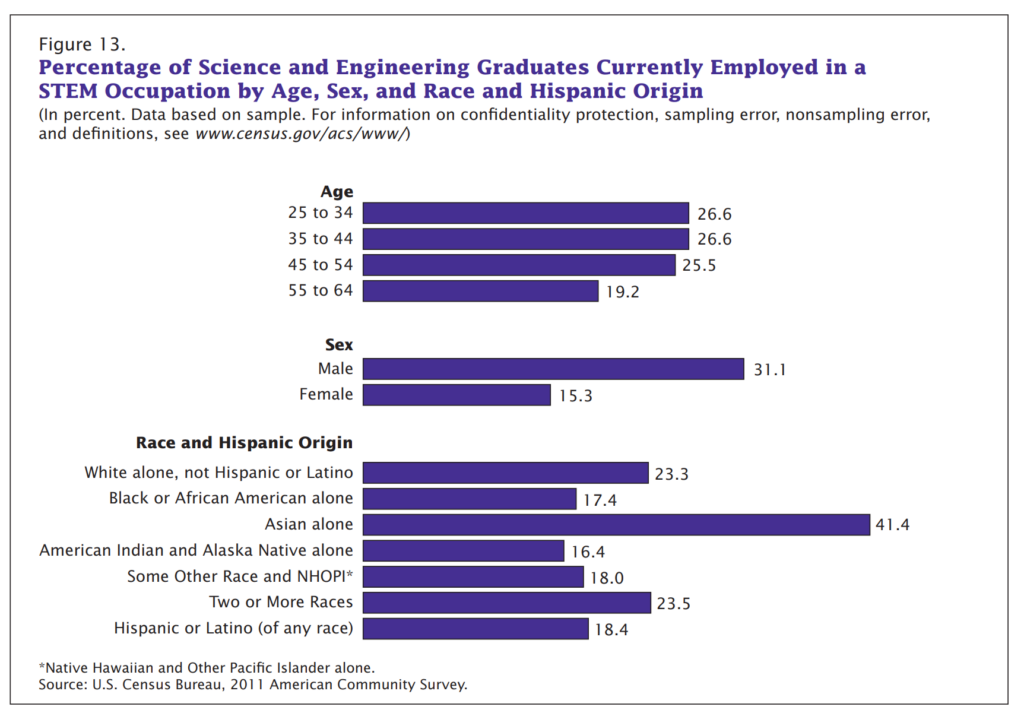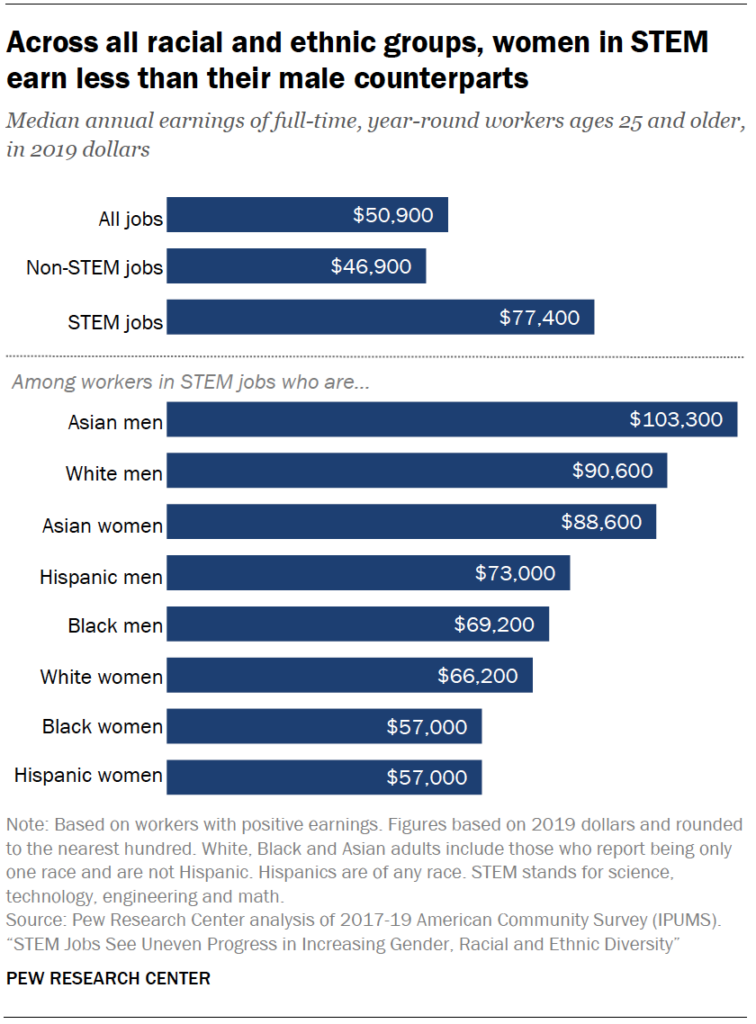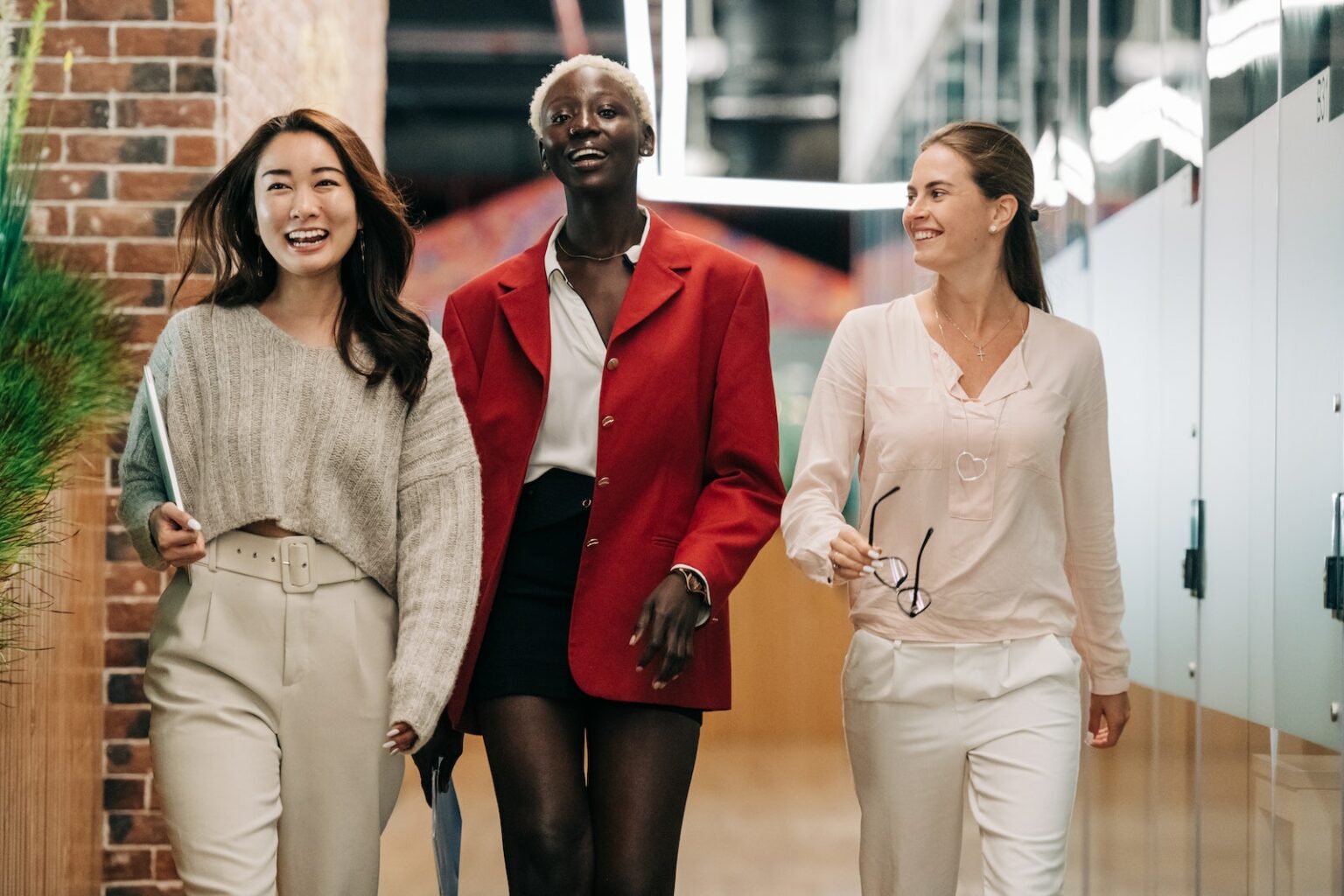In the world of advertising, the power of representation cannot be overstated. A recent study by Getty Images and YouGov has shed light on the urgent need for a more accurate representation of Asian culture in advertising images. The study reveals that a staggering 84% of consumers across the Asia Pacific (APAC) believe that merely seeing people of various ethnicities in advertising is insufficient. This sentiment is even stronger in Southeast Asia (SEA), where 88% of consumers share this belief.
The Need for Authentic Representation
The study’s findings underscore a growing awareness of bias in advertising. APAC consumers are more aware of this bias than the global average, with 79% agreeing with the finding. This belief is held across all generations: Gen Z (77%), millennials (80%), Gen X (79%), and Baby Boomers (79%).
Interestingly, women consumers in APAC feel poorly represented, with searches for ‘diversity’, ‘culture’, and ‘inclusion’ decreasing year on year on Getty Images. This indicates a significant gap in the market that advertisers need to address.
The Impact of Stereotypes
Stereotypes can have harmful effects on the individuals involved, particularly in the workplace. Asian women, for instance, face stereotypes that have been around for decades and are often perpetuated in various forms of media. These stereotypes have been continually established and re-established throughout the history of the United States, with roots in policies like The Page Act of 1875 and the U.S. military presence in Asia. Asian women in the media are often portrayed as either “docile and subservient”, “sensual or erotic”, “manipulative and untrustworthy”, or “hardworking, conscientious worker bees”. These harmful tropes are present in well-known franchises and movies such as James Bond and Kill Bill.
The “Model Minority” stereotype assumes that Asian Americans are naturally smart in STEM related fields, wealthy, hardworking, and self-reliant, which can be difficult to overcome. The “Dragon Lady” stereotype describes an Asian woman in media who is overtly sexual and physically aggressive, untrustworthy, and mysterious.

These stereotypes have carried over into how Asian Americans are viewed today, with terms like “Dragon Lady” and “Model Minority” used to represent them. A study found that 14% of Asian women who experience discrimination said that others had viewed them as people who were incapable of being leaders, while another 34% said that others viewed them as “submissive” or “passive”.
The term “bamboo ceiling” coined by writer Christine Ro, describes the struggle of being a woman in the workplace, with Asian women being the most underrepresented and least likely to hold leadership positions in Silicon Valley. East Asians in North America are more likely to be harassed when they violate the “prescriptive stereotype” that their white colleagues hold of them. Moreover, the Geena Davis Institute on Gender in Media recently noted that men were twice as likely to be depicted in the workplace. Amongst the STEM occupation practitioners, 15.3% are women and 41% come from Asia alone and yet the pay gap between Asian men and Women is appalling.


The first step in overcoming these harmful stereotypes is to acknowledge their existence and the importance of mentorship, networking, and social support for emerging Asian female leaders.
The Gender Disparity in Influencer Representation
Influencers form a crucial bridge between a brand and its consumers, but there is often a significant gender disparity in influencer representation for certain product categories. According to a 2023 ‘Inclusive Influence’ whitepaper by Mediacom, 79% of female survey responders do not feel represented in the advertisements they see.
This is especially true in industries such as finance and automotive, where brands often use male-dominated voices to speak to females who now account for more than 40% of all decision makers. Despite 40% of females actively participating and making decisions in these categories, there are less than 10% of female influencers in the space representing their needs.
In the health and fitness industry, only 20% of female influencers made social content for these categories, despite equal engagement from both genders. While 55% of influencers based in the APAC region are females, only 24% of them have been represented in the media in the last 20 years.
The Need for a Shift in Mindset
Industries may fail to acknowledge that female influencers can deliver the marketing ROI needed. Advertising perceived as diverse and inclusive has consistently delivered better outcomes for brands. There needs to be a shift in mindset and diversity of thought at every level of the advertising industry. Brands and agencies need to have representation at decision-making levels to challenge and change outdated thinking.
Brands are bound to do what is most financially lucrative for them therefore bottom-up and top-down approach needs to be applied in tandem for increased inclusivity.
Persistent Gender Bias in Advertising
Gender bias in advertising is a persistent issue, with women underrepresented in many industries, including advertising. This is particularly evident in high-investment categories such as automobiles, banks, and real estate. A 2020 UN Gender Study found that 90% of people are biased against women, suggesting a need for the advertising industry to update its approach.
According to @HDRUNDP’s new Gender Social Norms Index, nearly 90% of men & women hold some sort of bias against women. #CheckYourBias and join #GenerationEquality to make your voice heard: https://t.co/ktXOI8PYsa#GenerationEquality #IWD2020 #InternationalWomensDay pic.twitter.com/ySmTEImpAg
— UN Development (@UNDP) March 5, 2020In the edtech industry, despite being a relatively unisex category, the representation of female brand ambassadors is sparse. For instance, most Indian edtech companies have chosen male celebrities as brand ambassadors.
In the automotive industry, male celebrities have been the only brand ambassadors for every single automotive brand in India over the last few years, despite women accounting for 10-12% of sales in the 2.96 million car market.
Also read: Gender Bias In Advertising: The Role Of High-Investment Categories
In the banking sector, efforts to close the gender gap could increase GDP by about 6.8%. However, banks often fail to acknowledge the potential of female brand ambassadors.
In the real estate sector, women make up nearly 74% of Indian real estate purchase decisions. Despite this, there are still not many women working as brand ambassadors in this field.
The Call for Change
The advertising industry needs to revamp its approach and acknowledge the value and need for female idols in all sectors, irrespective of whether they are gender-dominated or gender-neutral. It is high time for the industry to embrace diversity and inclusivity.
These studies are a wake-up call for the advertising industry. It’s time to break the stereotypes, embrace diversity, and accurately represent all cultures and genders in advertising. The future of advertising lies in its ability to reflect the world as it truly is, diverse and inclusive.
















